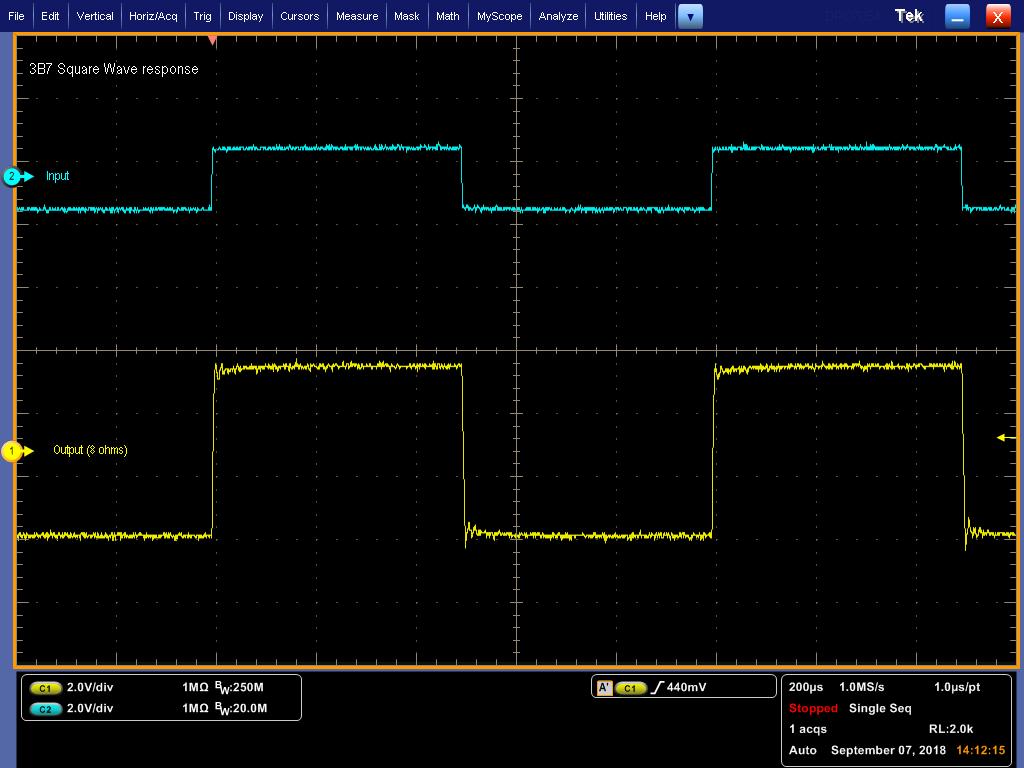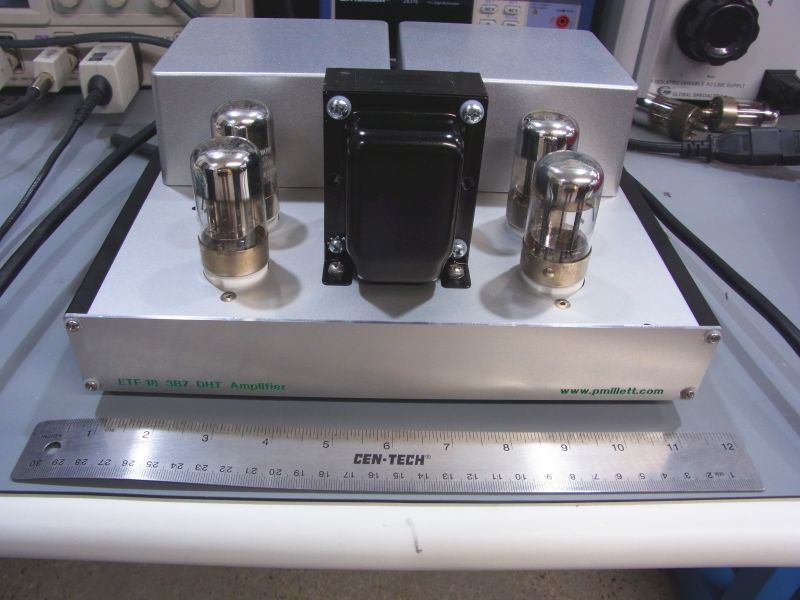
A 3B7 SE SHT class-A2 hybrid amplifier
NEW 8/19/20 - The through hole TI OPA452T has been obsoleted by TI. But they are still available (and will be for some time) from Rochester Electronics: https://www.rocelec.com/part/TISOPA452TA-1
I designed this amplifier for a shootout at ETF.18 (European Triode Festival). My goal was mostly to make a good sounding amplifier that was a single-ended DHT amp that I could pack in a suitcase. Here it is...
This has actually become my "every day" amp, driving my desktop speakers. I like it a lot.
As folks familiar with my work might guess, I sought out an obscure tube for this project, the 3B7 (also known as 1291 and VT-182). The 3B7 is a dual directly heated triode, and it was used in battery- and jeep-powered field radio sets like the SCR-609 in WWII and the Korean war. It was used in push-pull class-C RF service in the PA and driver, though the datasheet does show data for class AB2 audio use. It turns out it's a decent audio tube, and can produce a little bit of power if operated in SE A2. It's also cheap (between $5 and $8 each), and readily available - the two vendors I pinged had thousands of them in stock. I suspect Uncle Sam had built up a huge inventory by the time Silicon took over. Here's a datasheet.
In this amp, I'm running two tubes, or four triodes, in parallel (per channel). B+ is about 160V, zero bias. The grids are driven by a power opamp, running on about +/-40V rails. There is significant NFB around the circuit back to the opamp. The result is about 2.5 watts into 8 ohms at 5% THD - somewhere between a 45 and a 2A3.
Here is the basic circuit:

Download the full schematic in PDF format
To make the power supply as small and light as possible - so I didn't have to drag 50 pounds of iron to Europe - the power supply is all solid state:

Again, to save iron, I used a small off-the-shelf Hammond 369AX power transformer. The 250VCT HV secondary is rectified and filtered using electronic chokes from Tentlabs, the MEC-100. There are really cool devices!
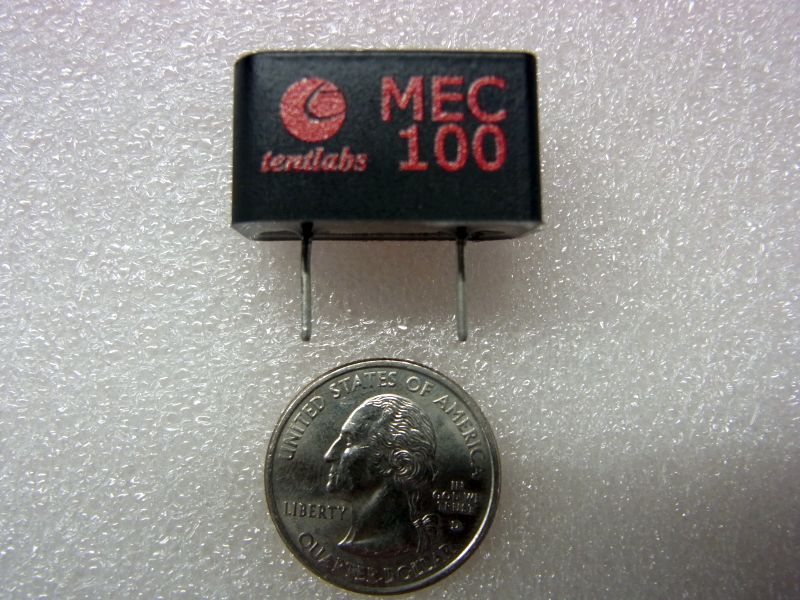
To generate +/-40V for the drivers, I used the bias tap (50V RMS) and half-wave rectifiers, followed by simple voltage regulators. No need for precision here, the opamps have plenty of PSRR. Filament power comes from the 6.3VCT winding to a full-wave CT rectifier, and a linear regulator to get a floating 2.8VDC. the filament center taps are connected to ground.
I tried a couple of different output transformers, including a very cheap Japanese transformer, and a (expensive) Lundahl transformer (LL1664). It didn't make a huge difference, largely because there is significant NFB in use here. The LL1664 did have better frequency response and better LF distortion, so that's what I used here. They are a little heavy though :)
Construction Details
In the interest of making it small, I packed things together pretty tightly on one PCB.
You can download a dimensioned drawing of the PCB. Also the parts list (BOM) in .XLS or .PDF formats.
Most of the components can be had from Mouser or the usual suspects. I'll sell the PCB, as well as the Tentlabs MEC-100 on my eBay store. I also carry loctal PCB sockets. The Lundahl OPT is available from K&K Audio in the US. For 3B7 tubes check RES or Surplus Sales.
Here is the prototype, sitting upside down (the tubes barely get warm). The proto PCB was green... the final version (yes, I'll sell it on eBay) is red... of course.
The power opamps and voltage regs are on small heatsinks. Thery don't get very hot. And here is what the inside of the chassis looks like:
An IEC AC inlet with fuse, switch, and voltage selector connects directly to the power trasnformer primary. You can see connections from the OPT secondary back to the speaker binding posts, and also up to the PCB to provide the feedback connection.
I mounted the power transformer on top of the PCB to minimize chassis size. It worked out OK, but you do have to be careful with the power transformer wiring, and use short screws. I had tapped holes put in the chassis so there wasn't anything sticking through that could hit the PCB.
The chassis was made by Front Panel Express. If you want to duplicate the amp, here is a ZIP archive containing AutoCAD files of the whole amp, as well as the FPE files. The side parts are "enclosure profile 1" and are 8.5" long (apologies to the more civilized countries that use the Metric system). Tell FPE that I sent you!
I also had brackets fabricated to mount the Lundahl OPTs. I actually use a transformer that's the same size in one of my Apex HiFi products, so I already had the brackets. The covers on top of the chassis are just Hammond 1590CE diecast enclosures - a perfect fit!
Here's what the bracket looks like:
If you decide to build this amp and use Lundahl OPTs, I might be able to help you out with this bracket - send me an email.
Performance
This amp sounds a bit different than a normal SET amp. It is certainly more "harmonically rich" - meaning that there is more than 2nd harmonic here. But overall distortion is pretty low - THD at 1 watt output is about 0.3%.
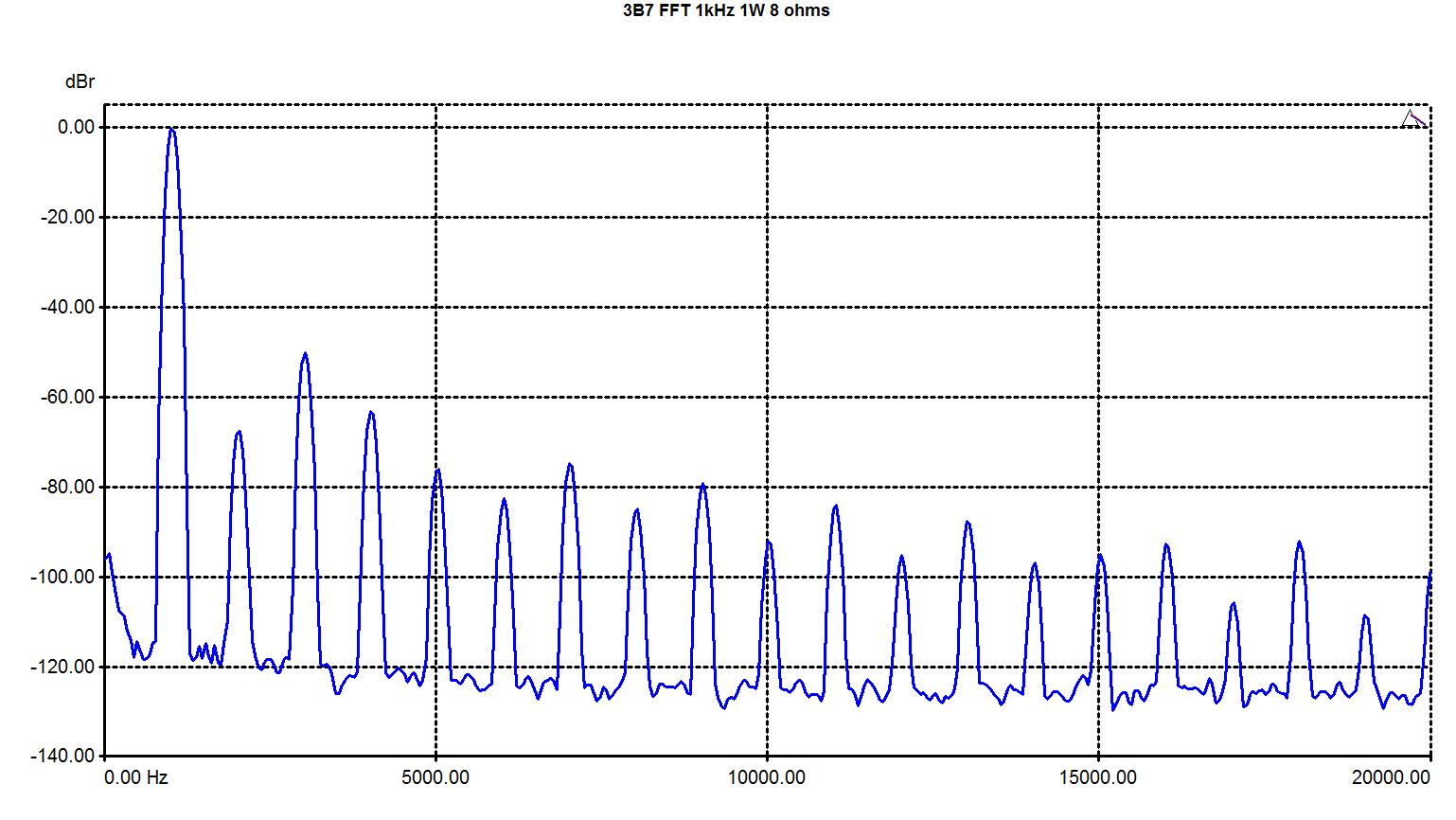
Don't let the porcupine-like appearance of the FFT frighten you - all but the 3rd are down more than 60dB. You might (correctly) infer that this amp sounds more like a good push-pull amp or even a solid-state amp than a single ended amp.
With the fabulous Lundahl OPTs and ample NFB, the frequency response is flat:
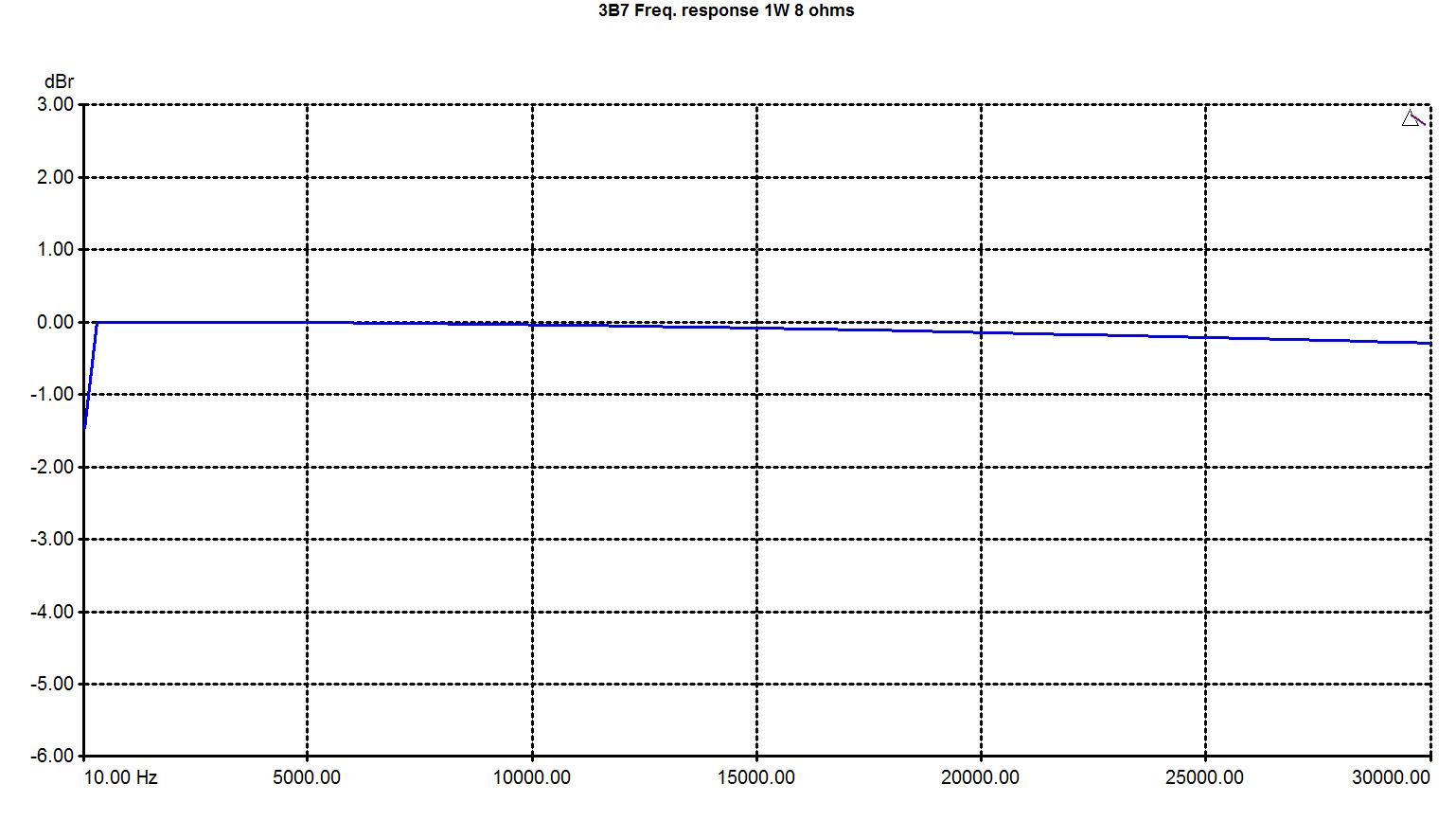
That's down 0.2dB @ 30kHz, and -3dB is beyond 50kHz.
THD vs. power looks like a good single ended amp, and not really like one with much NFB. Clipping onset is very gradual.
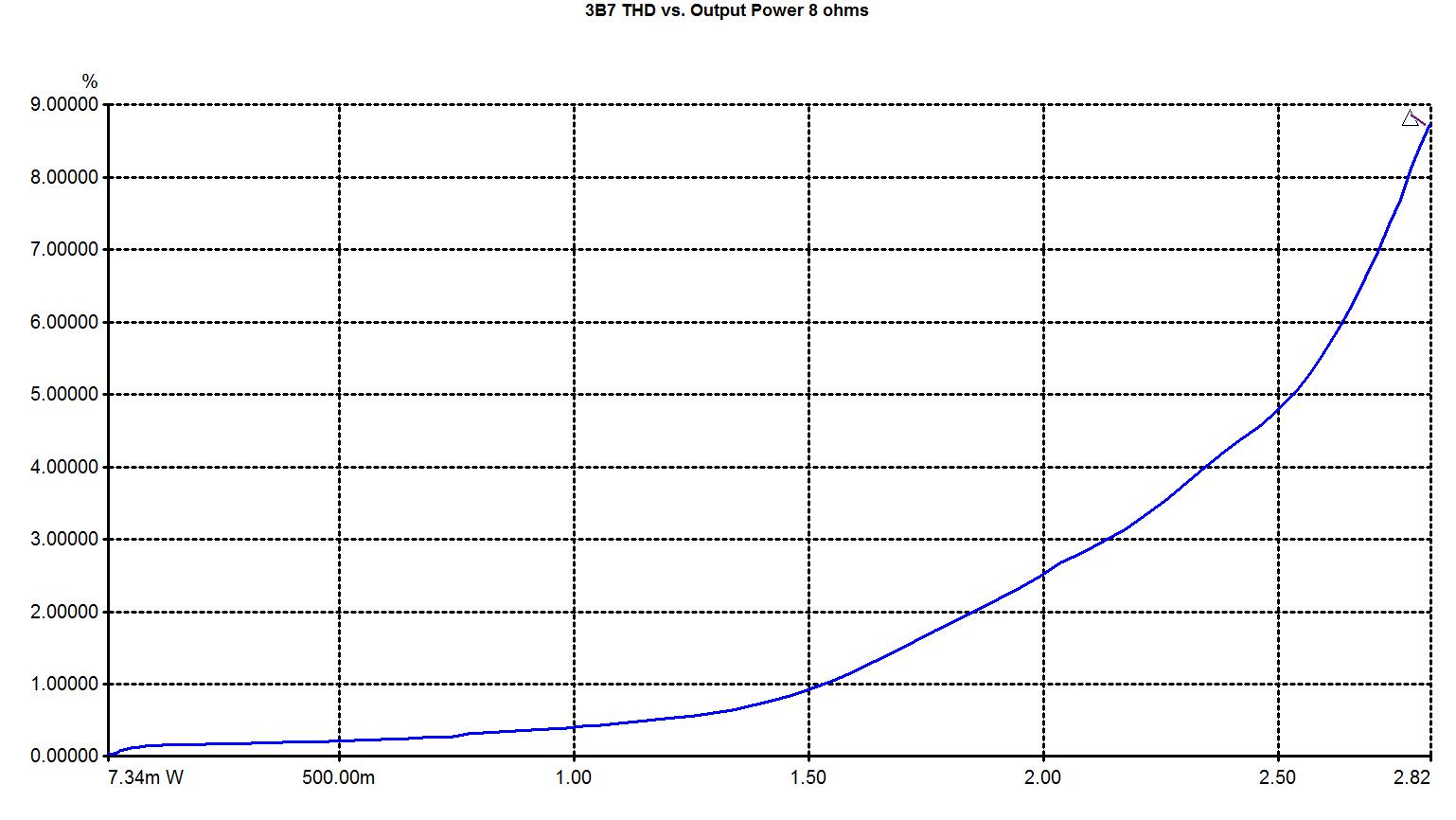
...and THD vs. Frequency is pretty good:
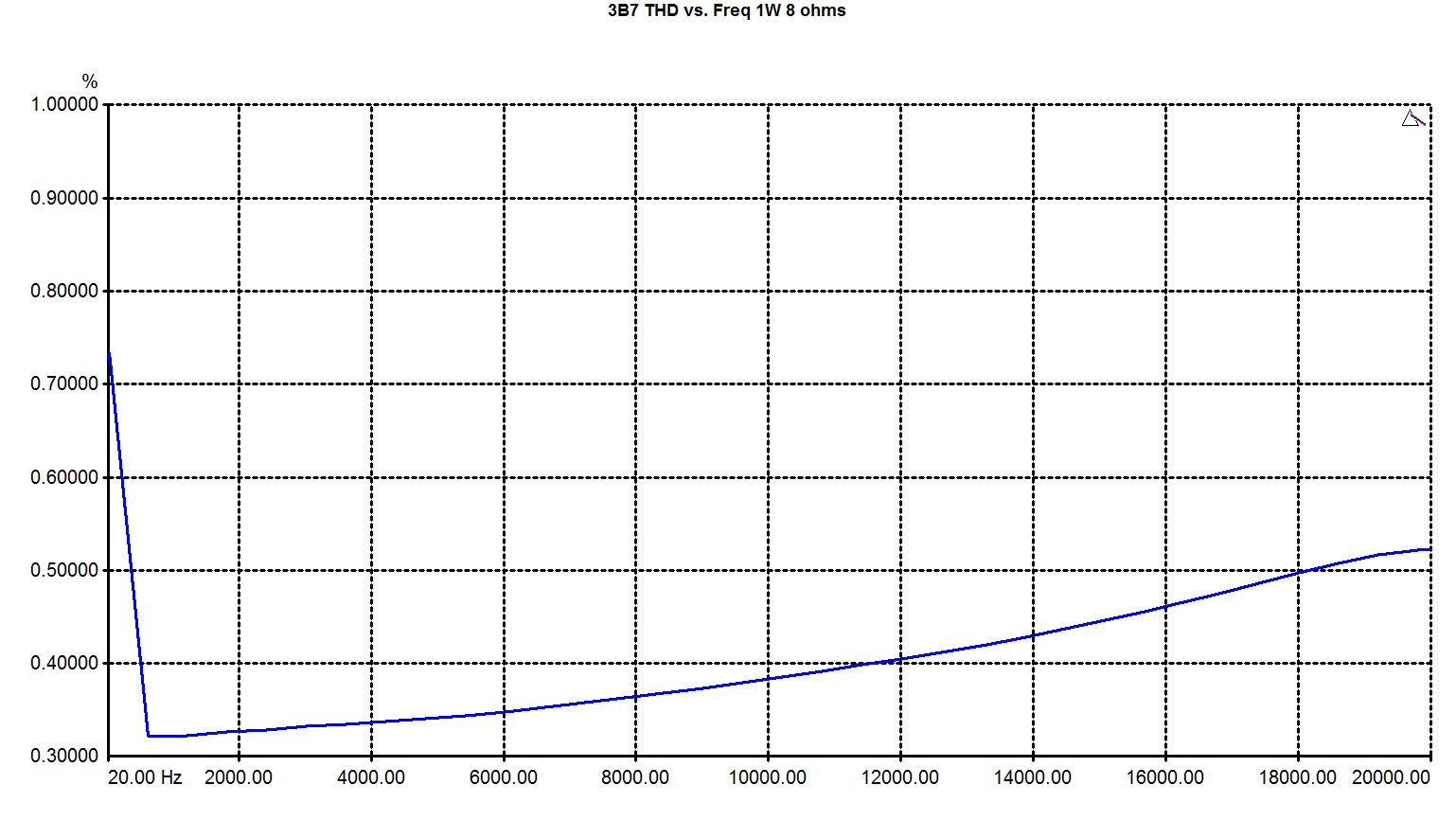
Square wave response is excellent:
